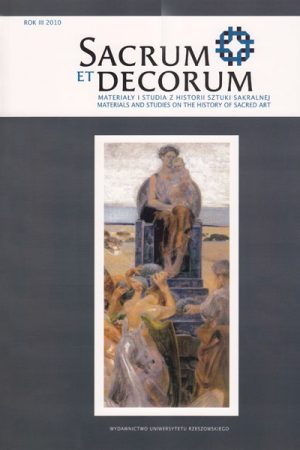Pointed Arches, Papist Danger. The Echoes of the Debate on the Church Architecture in the Victorian Novel
Keywords:
CATHOLICISM, GOTHIC, GOTHIC REVIVAL, PROTESTANTISM, VICTORIAN NOVELAbstract
In English culture Gothic architecture enjoyed ambiguous reputation: on one hand, it was obviously connected with pre-Reformation times and therefore suspect. This reputation was strengthened by the Gothic novel which associated Gothic buildings with oppression and tyranny allegedly characteristic for Catholic countries. On the other hand, as a supposedly 'native' English style, in contrast to imported classicism, it was hailed as the true product of free English spirit. This dichotomy proved to be particularly interesting in the 19th century, the age of the Gothic Revival. As more and more Anglican churches were restored or built in the style propagated by A. W. Pugin and John Ruskin, the English public, in particular its Low Church faction, was ambivalent or even hostile towards the growing influence of the style associated with Roman Catholicism, the enemy of Protestant England. The article discusses the selected passages from Victorian novelists, both well-known (Bronte, Trollope, Borrow) and minor ones, which describe Gothic architecture and analyzes them in the context of this debate.Downloads
Downloads
Published
How to Cite
Issue
Section
License
Copyright (c) 2010 Sacrum et Decorum

This work is licensed under a Creative Commons Attribution-NonCommercial-NoDerivatives 4.0 International License.
In line with the Open Access policy, authors retain full copyright to their articles – without restrictions.
Authors can deposit their articles in a repository of their choice.


